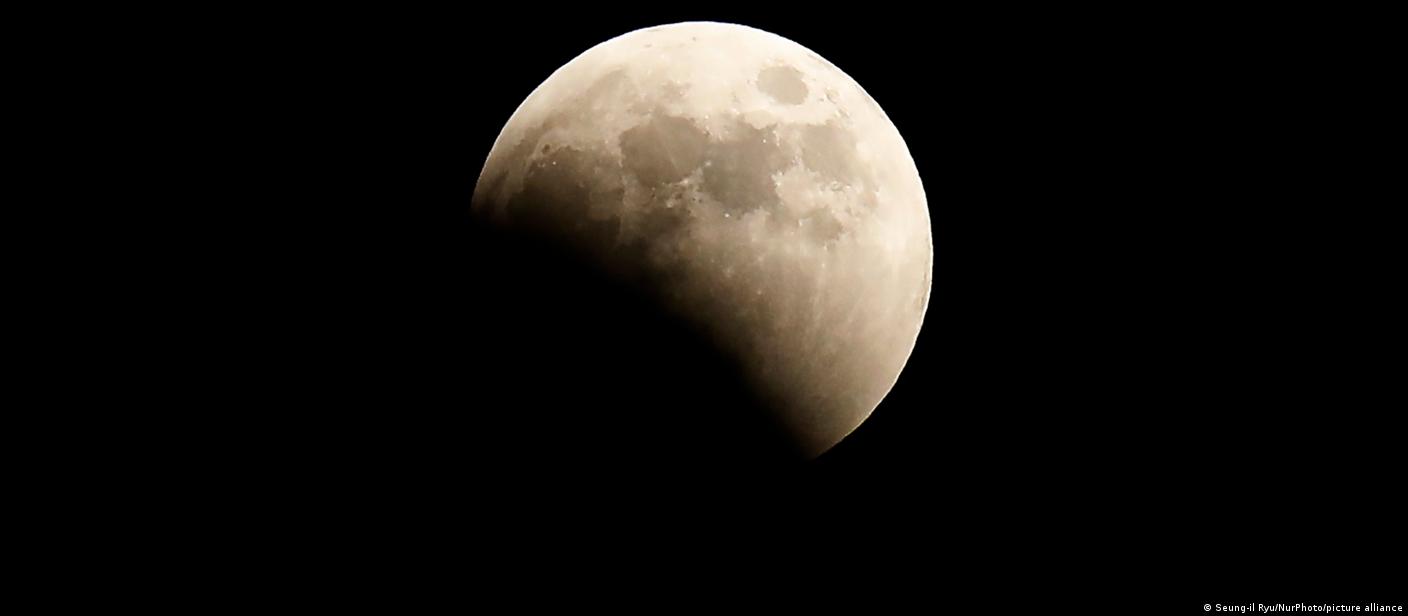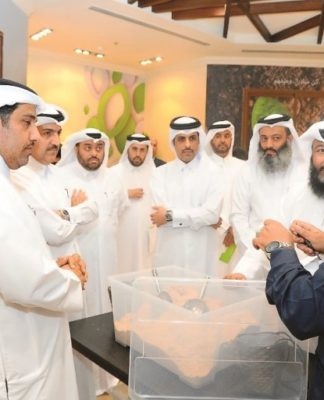SCIENCE
Scientists discover water inside glass beads on the Moon
2 hours ago2 hours ago
The Moon has an estimated 270 trillion kilograms of water stored inside tiny glass beads that “explorers of tomorrow” can extract and use, a new study says.
https://p.dw.com/p/4PKaQ
Researchers have discovered water inside glass beads formed by violent collisions of space rocks with the surface of the Moon, suggesting their potential use by “future explorers.”
The amount of water stored in the beads is estimated to be around 270 trillion kilograms, according to the study published in the Nature Geoscience journal on Monday.
Their discovery is in line with recent missions over the last few decades that have shown that the Moon is not dry, contrary to the long-standing belief that it is devoid of water.
Moon samples from China’s lunar exploration program Chang’e-5 Mission are displayed during an exhibition at the National Museum in Beijing, China March 3, 2021Moon samples from China’s lunar exploration program Chang’e-5 Mission are displayed during an exhibition at the National Museum in Beijing, China March 3, 2021
The Chang’e-5 Mission collected samples of the Moon’s surface, as shown in the picture. Scientists previously could see water molecules ‘hopping over the lunar surface’ in the Sun but did not know their primary sourceImage: Tingshu Wang/REUTERS
How are these glass beads formed?
The study by the Chinese Academy of Sciences studied 117 glass beads collected from the Moon’s surface in 2020 during China’s robotic Chang’e 5 mission.
The Moon, which lacks the protection of the atmosphere, is bombarded by tiny meteorites resulting in the formation of glass beads.
The heat generated by the impact melts the surrounding surface material, which cools into the beads.
How are the water molecules formed?
Water, which consists of hydrogen and oxygen molecules, gets stored in the beads, which act like a sponge for the molecules.
The solar wind is a flow of charged particles emitted from the Sun’s atmosphere across the Solar system.
The hydrogen required to make the water molecules comes from the solar winds, according to Mahesh Anand, co-author of the study and a professor at UK’s Open University.
Oxygen, on the other hand, makes up nearly half of the Moon and is trapped inside rocks and minerals.
A screen shows footages of spacecraft for Chang’e-5 Mission, during an event on China’s lunar exploration program, at the National Astronomical Observatories of Chinese Academy of Sciences (CAS), in Beijing, China, January 18, 2021A screen shows footages of spacecraft for Chang’e-5 Mission, during an event on China’s lunar exploration program, at the National Astronomical Observatories of Chinese Academy of Sciences (CAS), in Beijing, China, January 18, 2021
The glass beads were collected in December 2020 by the Chinese aircraft and are a ‘significant reservoir’ involved in the Moon’s water cycleImage: Tingshu Wang/REUTERS
A viable option for the future?
Mild heat of around 100 degrees Celcius (210 Fahrenheit) is enough to extract water from the beads, according to Anand.
The researchers said that a sustainable water cycle on the Moon might exist due to the interaction of the solar winds with the lunar surface.
Other planets and bodies in the solar system, such as Mercury, might also have this solar wind-generated water.
“Water is the most sought-after commodity for enabling sustainable exploration of planetary surfaces,” said planetary scientist Sen Hu, another co-author of the study.
“Knowing how water is produced, stored, and replenished near the lunar surface would be very useful for future explorers to extract and utilize it for exploration purposes,” Hu said.
aa/jcg (Reuters, afp)






























